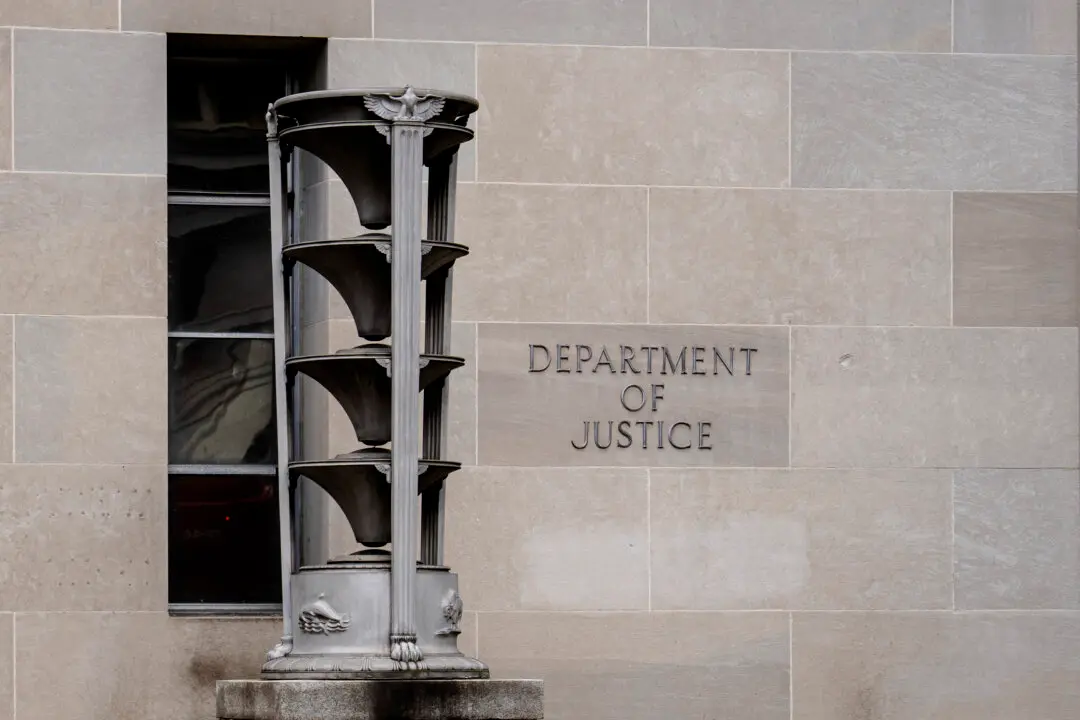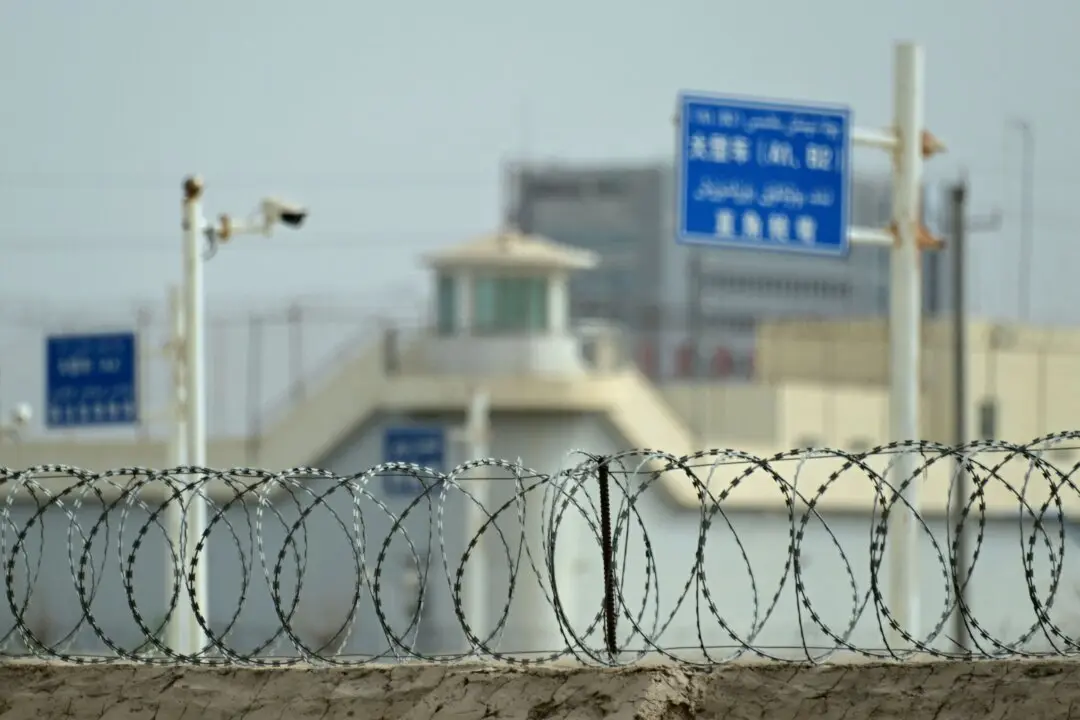The Japanese Maritime Self-Defense Force (JMSDF) and the United States Navy have held their first-ever joint anti-submarine warfare exercise in the South China Sea, stepping up their capabilities in the disputed sea where China claims sovereignty to almost all parts of it.
Two of JMSDF’s destroyers, JS Kaga and JS Murasame, a P-1 maritime patrol aircraft and an unnamed submarine, participated in the joint drill with the U.S. Navy’s USS Milius and a P-8A maritime patrol aircraft, according to the MSDF announcement on Nov. 16.





